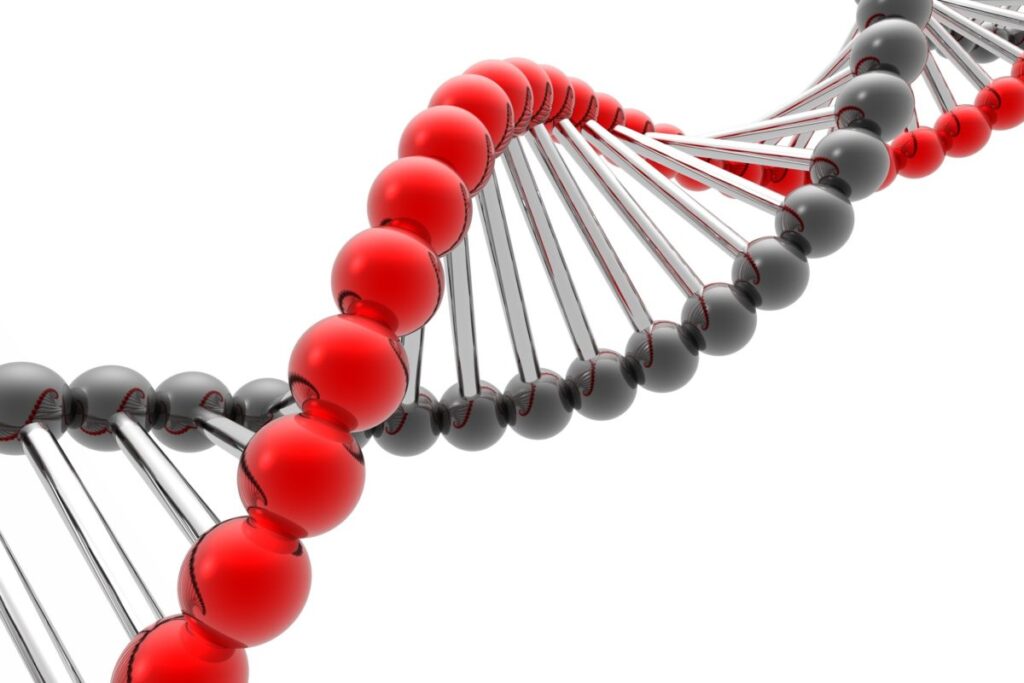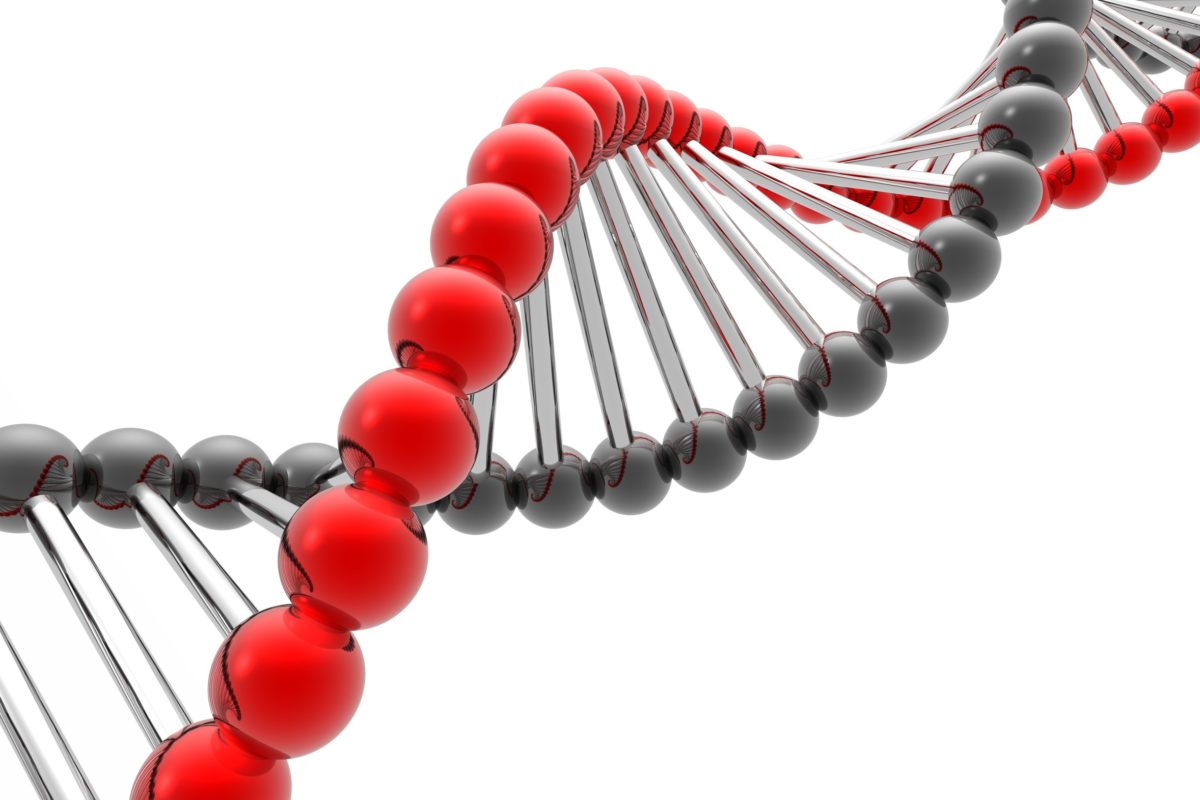How the genes are selected
A large number of genes associated with diseases have already been described in the scientific literature, but in many cases it has not yet been possible to scientifically verify these associations between a gene and a disease pattern. In other cases, although there is a clear statistical association, the impact of a possible genetic defect on disease risk is too small to justify genetic analysis for screening purposes. After a stricter selection of potential risk genes, 16 possible genes remain according to the current state of science, e.g. for thrombosis, whose association with thrombosis predisposition has been scientifically validated several times. Several defects have already been discovered in each of these genes, which have been linked to increased thrombosis susceptibility in scientific studies of thrombosis patients.
Of these genes, again, only those genes that frequently carry sufficient genetic defects in the European population to warrant genetic analyses were selected. Genes for which, for example, a defect occurs in only one in 20,000 individuals were intentionally not included in our program because these genetic tests cannot be justified in terms of utility. In addition, for each gene, we checked whether genetic defects in these genes also increased the risk sufficiently to warrant action.

According to these strict selection criteria, all relevant risk genes were selected and included in our program. Therefore, health reports only talk about genes relevant to health care.


